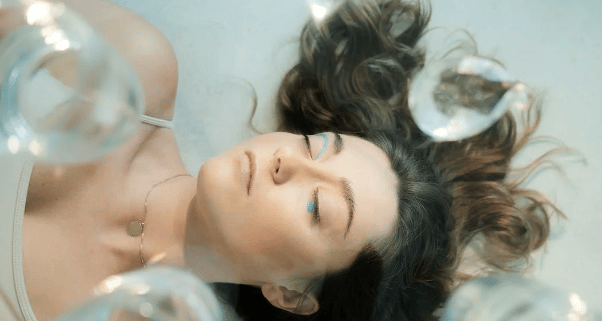Stanford University Study Finds Evidence that BroadBand Light Treatment Promotes Youthful Skin on a Molecular Level
An interesting study worth reading again : )
Gene expression of aged skin more closely resemble young skin with the use of Sciton BroadBand Light treatment
PALO ALTO, Calif. — (November 12, 2012) – A new study recently published in the Journal of Investigative Dermatology shows that Sciton BroadBand Light (BBL™) treatments can change the expression of genes associated with the aging process to more closely resemble young skin.
The study supports the hypothesis that regulators of aging can be altered in human skin using BBL technology to provide a functional change, rather than just a cosmetic mimic of youthful appearance.
BBL treatments promote the appearance of youthful skin. This study reveals that the appearance of younger skin may be due to the differences observed in gene expression patterns of aged skin becoming more like young skin.
Treatments from the study were performed on the FDA-cleared Sciton Joule using the BBL module.*
Led by dermatologist Dr. Anne Lynn S. Chang of the Stanford University School of Medicine, the study (“Rejuvenation of Gene Expression Pattern of Aged Human Skin by BroadBand Light Treatment”) reveals the molecular changes that are induced by BBL, a popular treatment made by Sciton for improving the appearance of acne, sun spots, freckles and vascular conditions.
BBL treatments are requested by patients for promoting a more youthful and rejuvenated appearance.
Previous studies have shown that animal models can exhibit gene expression changes to become more youthful.
Dr. Chang’s study is the first to show a similar correlation in human skin treated with BBL. “As an industry, to find a clinically sound solution for human anti-aging is critical,” said Dr. Macrene Alexiades-Armenakas, board-certified dermatologist, attending physician at Lenox Hill Hospital and Yale/New Haven VA Hospital, and Assistant Clinical Professor at Yale University School of Medicine.
“As a practicing physician in the field of dermatology, it is exciting to know there is a safe, light-based treatment with groundbreaking clinical evidence supporting anti-aging and the reversal of skin damage available to our patients.”
An additional study, submitted for publication by Dr. Patrick H. Bitter, Jr. of Advanced Aesthetic Dermatology, a well-known dermatologist and co-author of the JID study, takes this groundbreaking research further and explores the practical application and patient results of BBL treatments.
Dr. Bitter’s study focuses on the ability to improve the appearance of aging skin with long-term and regular interval treatments with BBL.
“The JID study is an important first step to prove that BBL treatments are a viable option for anti-aging,” said Dr. Bitter.
“In my upcoming study, we provide clinical evidence on patients who have had BBL and have enjoyed younger-looking skin over the long-term. I look forward to sharing these demonstrated results with my colleagues and patients worldwide in the near future.”
“As the developer of the BBL technology, Sciton remains committed to investments not only in the equipment but in the science required to inform the development of meaningful applications for it. The BBL has an unsurpassed reputation for delivering clinically important results,” said Sciton co-founder and President, Dan Negus, Ph.D.
“These basic science and clinical biomedical studies demonstrate another important validation for the dermatologic community of the sound scientific basis of the BBL technology and the results it produces.”
The study’s additional authors are Dr. Howard Y. Chang and Nicole A. Rapicavoli, both of Howard Hughes Medical Institute and Stanford University, and Dr. Kun Qu and Dr. Meihong Lin, both of Stanford University. To read the full text of the study, please visit. [Source]





